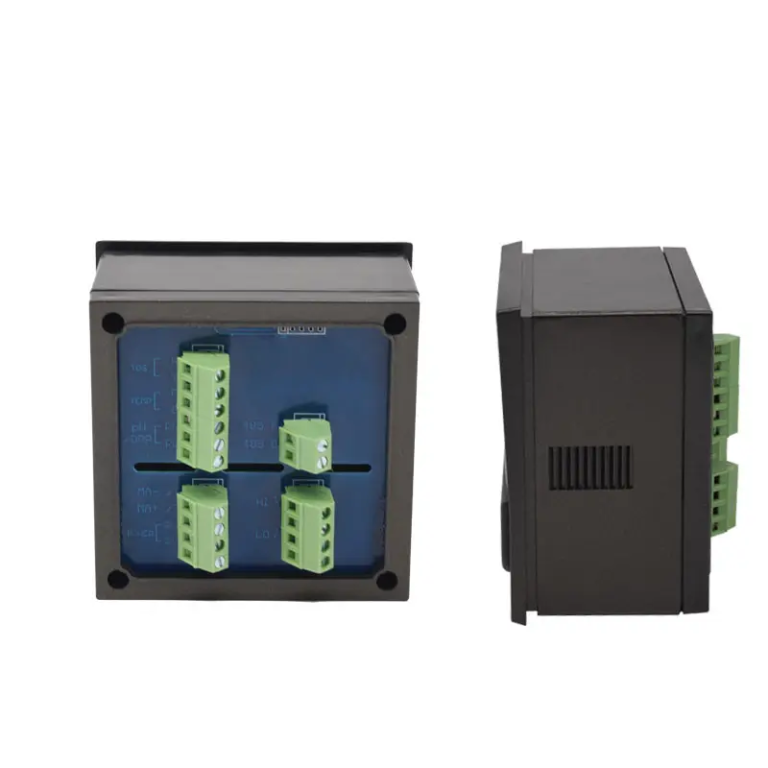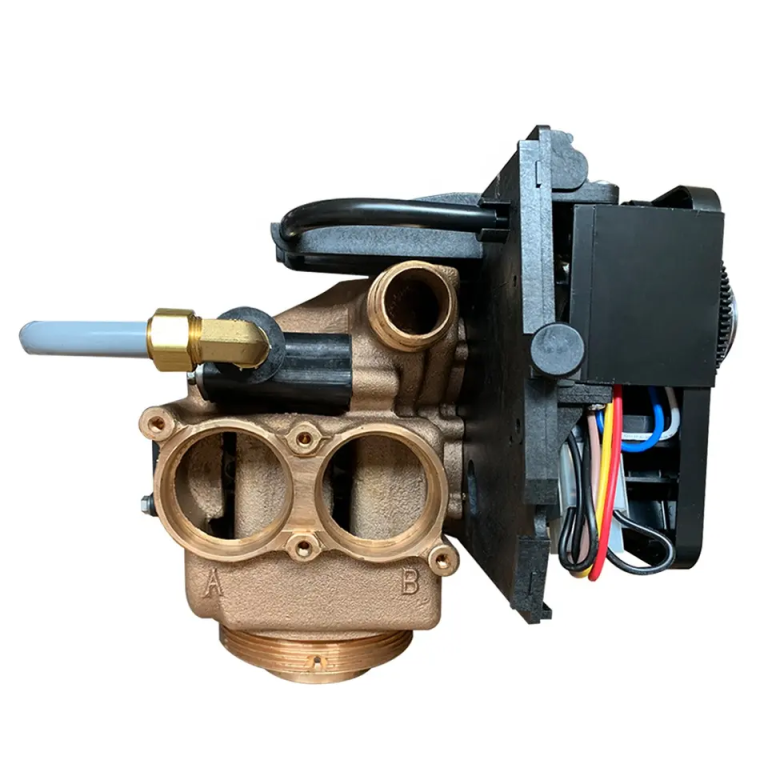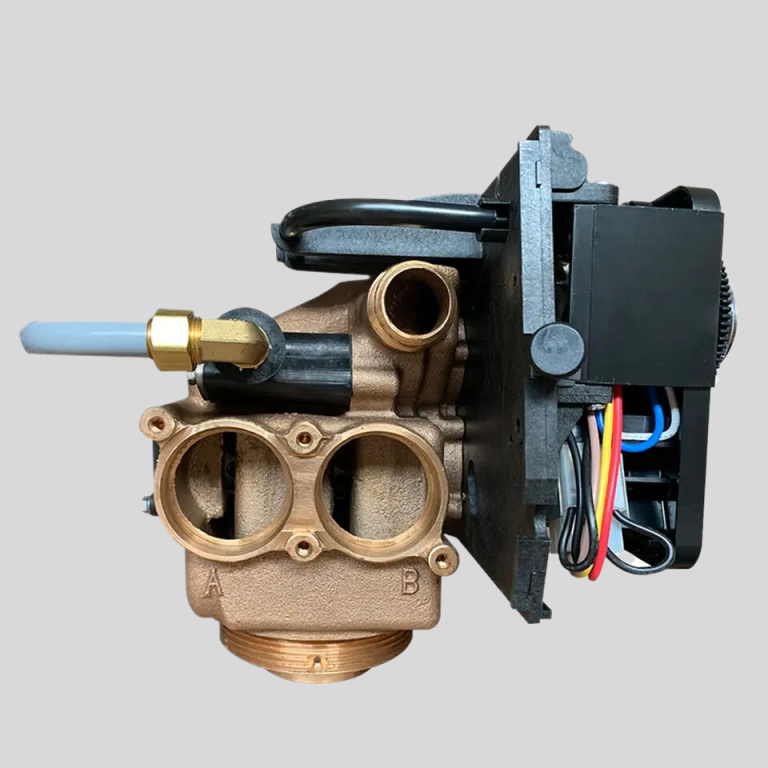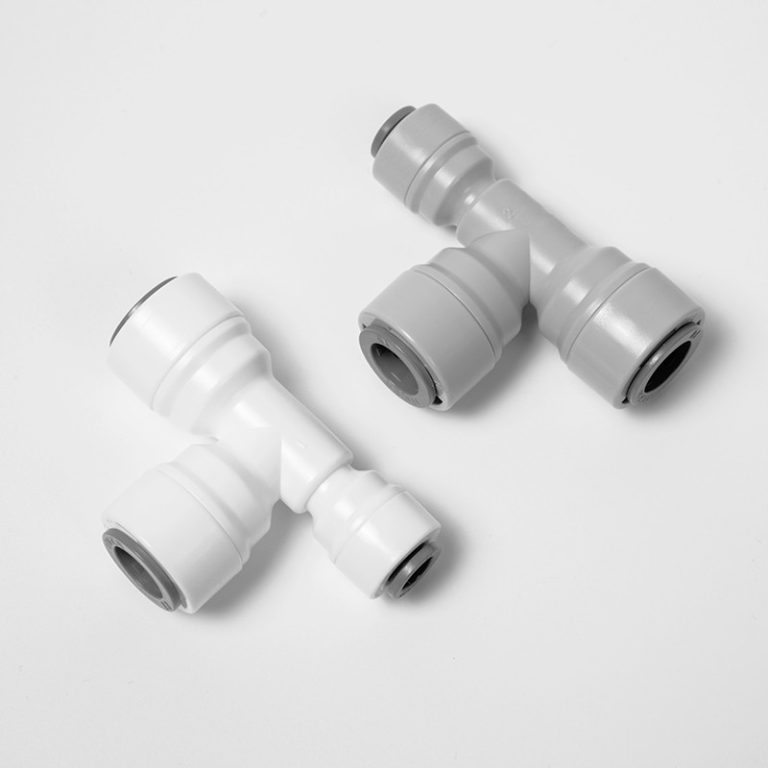The water softener bypass valve: Locating convenience for your water treatment needs.
Location of the water softener bypass valve
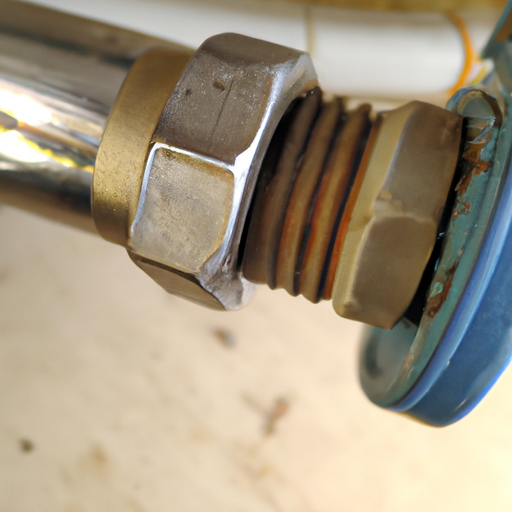
Water softeners are essential appliances in many households, as they help remove minerals and impurities from the water supply. However, there may be times when you need to bypass the water softener temporarily, such as during maintenance or when using water for specific purposes. In such cases, it is crucial to know the location of the water softener bypass valve.
The water softener bypass valve is typically located near the water softener unit itself. It is a small valve that allows you to divert water flow around the water softener, effectively bypassing it. This valve is usually installed during the initial setup of the water softener system, and its location may vary depending on the specific model and installation configuration.

To locate the water softener bypass valve, start by looking near the water softener unit. It is often found on the plumbing lines that connect the water softener to the main water supply. These lines are usually made of copper or plastic and can be easily identified by their size and shape. The bypass valve is typically a small lever or knob that can be turned to divert water flow.
In some cases, the bypass valve may be located on the back or side of the water softener unit itself. This is especially true for newer models that are designed to be more compact and space-efficient. If you cannot find the bypass valve near the plumbing lines, check the sides and back of the water softener unit for any visible valves or switches.
Once you have located the bypass valve, it is essential to understand how to operate it correctly. The valve usually has three positions: “bypass,” “service,” and “off.” In the “bypass” position, water flows around the water softener, allowing you to use untreated water. The “service” position directs water through the water softener, enabling it to remove minerals and impurities. The “off” position shuts off water flow entirely, effectively disabling the water softener.
To bypass the water softener, simply turn the valve to the “bypass” position. This will redirect water flow around the water softener, ensuring that untreated water is supplied to your faucets and appliances. When you are ready to resume using the water softener, turn the valve back to the “service” position. This will allow water to flow through the water softener, ensuring that it treats the water before it reaches your taps.
It is worth noting that not all water softener systems have a bypass valve. Some older models may not include this feature, requiring you to shut off the water supply to the entire unit manually. If you cannot locate a bypass valve near your water softener, consult the manufacturer’s instructions or contact a professional plumber for guidance.
In conclusion, the water softener bypass valve is an essential component of any water softener system. Its location may vary depending on the specific model and installation configuration, but it is typically found near the water softener unit itself. Understanding how to locate and operate the bypass valve correctly is crucial for temporarily bypassing the water softener when needed. If you are unsure about the location or operation of the bypass valve, consult the manufacturer’s instructions or seek professional assistance.
| Model | Valve Material | Inlet/Outlet | Continuous (0.1Mpa drop) | Peak (0.175Mpa drop) | Cv** | Maximum Backwash (0.175Mpa drop) | Distributor Pilot | Drain Line | Brine Line | Mounting Base | Height (from top of the tank) |
| CM29 | Unleaded brass | 2″ | 24.09m³/h | 31.81m³/h | 27.5 | 25gpm | 1.5″I.D. | 3/4″(male) | 1/2″, (3/8″) | 4″-8UN | 12″ |

